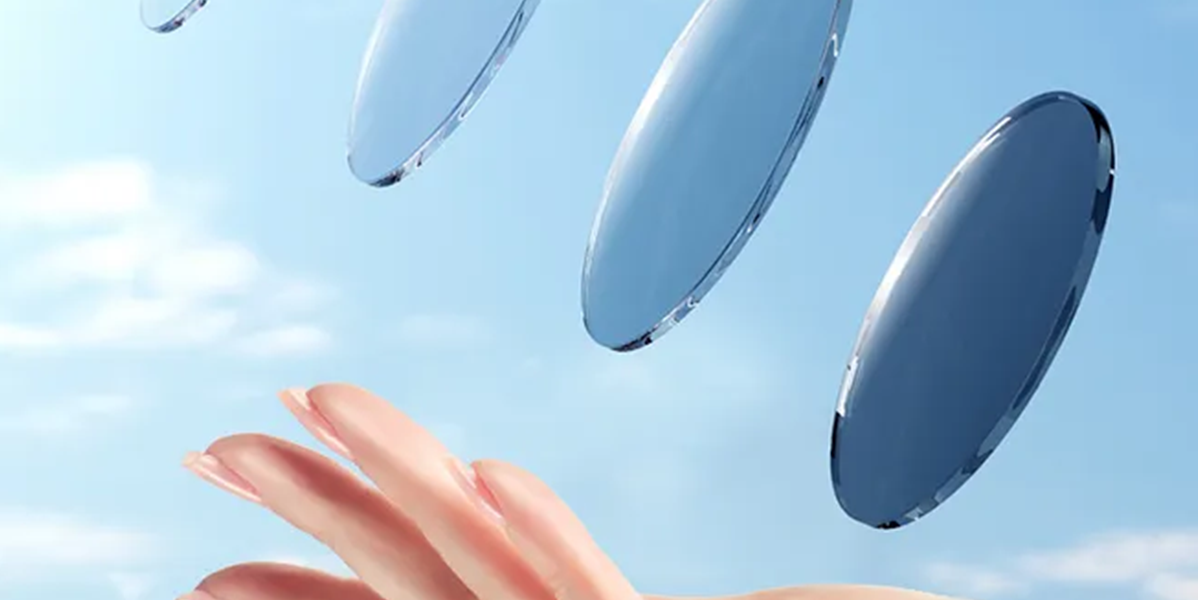Resin lenses
Resin lens is a lens made of organic materials. The interior is a polymer chain structure, which is connected to form a three-dimensional network structure. The intermolecular structure is relatively relaxed, and there is a space for relative displacement between the molecular chains. The light transmittance is 84%-90%, the light transmittance is good, and the optical resin lens has strong impact resistance.
Resins can be divided into natural resins and synthetic resins. Natural resin is a hydrocarbon (hydrocarbon) secretion from a variety of plants, especially conifers. It is valued because of its special chemical structure and its use as a latex paint and adhesive. Since it is a mixture of various polymer compounds, its melting point is also different. There are many types of resins, which are widely used in light and heavy industries, and can often be seen in daily life, such as plastics, resin glasses and coatings. Resin lenses are lenses that are chemically synthesized with resin as raw materials and processed and polished.
Features of resin lenses
A. Low density: Due to the gap between molecular chains, the number of molecules per unit volume is small, which determines the advantages of resin lenses: low specific gravity and light texture, which are 1/3-1/2 of glass lenses.
B. Moderate refractive index: ordinary CR-39 acryl diethylene glycol carbonate, the refractive index is 1.497-1.504, the highest refractive index of resin lenses sold in Shenyang glasses market is aspheric ultra-thin and hard-coated resin lenses. The rate can reach 1.67, and now there are resin lenses with a refractive index of 1.74.
C. The surface hardness is lower than that of glass, and it is easy to be scratched by hard objects, so it needs to be hardened. The hardened material is silicon dioxide, but the hardness can never reach the hardness of glass, so the wearer needs to pay attention to the hardness of the lens. maintainance.
D. Good elasticity, due to the space for displacement between organic molecular chains, the elasticity is 23-28 times that of glass sheets. It determines another major feature of the resin sheet - good impact resistance. Countries in Europe, the United States, and Japan prohibit children under the age of 16 from wearing glass lenses.
E. Auxiliary function: can be added to obtain anti-harmful rays, discoloration and other functions.
F. Processability: Excellent, can carry out multi-type processing of full frame, half frame and frameless. Penetration dyeing is also available to dye the lenses in a personal favorite color.
G. Chemical: Because it is an organic compound, it is absolutely forbidden to wear it in an acid or alkali environment.
H. Thermal performance: Do not use it in an environment above 60 degrees, otherwise the anti-reflection film on the surface will be broken, and even lead to the phenomenon of falling off of the anti-reflection film.
I. Price: vary with quality, function, brand and grade.
J. Size design of lens: According to the "F.D.A" standard of the U.S. Drug and Food Administration, the minimum thickness of the center can be designed to be 0.6 mm, but the strength requirements are correspondingly reduced. , The central thickness of the lens with a hyperopia of more than 100 degrees is designed to be more than 1.0 mm to ensure the overall strength of the lens.

